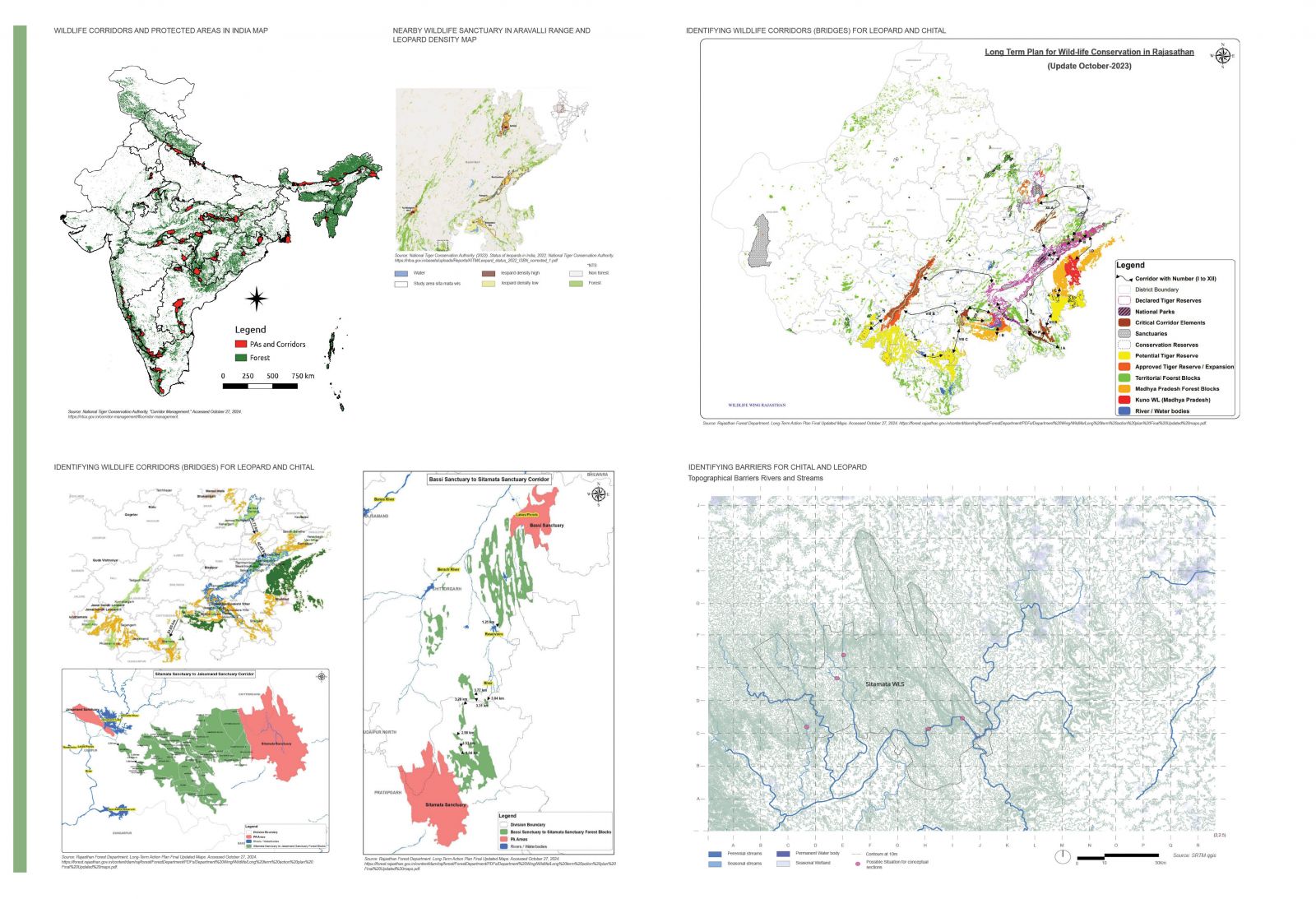Your browser is out-of-date!
For a richer surfing experience on our website, please update your browser. Update my browser now!
For a richer surfing experience on our website, please update your browser. Update my browser now!
Forests serve as both bridges and barriers in ecological systems. As bridges, they connect habitats, enabling species to move, migrate, and access essential resources like food, water, and shelter. Forests also function as ecological corridors that support genetic diversity and species dispersal. However, they can act as barriers due to dense vegetation, rugged terrain, and physical obstacles that limit the movement of some species. The idea is to identify major physio-graphic systems inside the forest, which act as barriers for the terrestrial fauna. If they want to move through their habitat patches, they find some way to circumnavigate or cross the barrier. That way, the weakest part of the obstruction becomes a connecting corridor or a bridge.
View Additional Work








